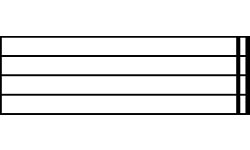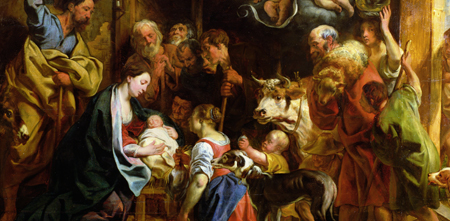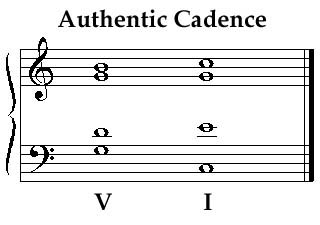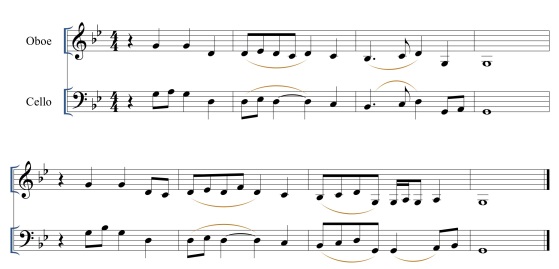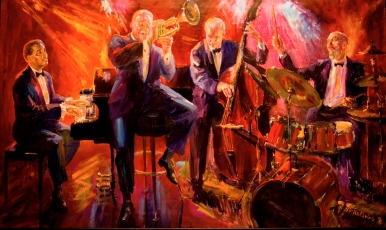Two parallel lines drawn vertically through a staff or the staves of a score to indicate the end of a composition or a section of it.
Monthly Archives: August 2014
Messiah
An oratorio in three parts for soloists, chorus, and orchestra by Handel (text compiled by Charles Jennens from various passages in the Bible), first performed in Dublin in 1742. Portions of the work were later revised; the entire oratorio was first published in 1767, after Handel’s death.
Handel’s “Messiah” by the choir of King’s College, Cambridge: https://www.youtube.com/watch?v=AZTZRtRFkvk
ostinato [It., obstinate]
A short musical pattern that is repeated persistently throughout a performance or composition or a section of one.
plainte [Fr.]
(1) *Lament. (2) In Baroque music, a rare term for any of several ornaments: *accent or *aspiration; in viol playing, a one-finger vibrato; vocal pulsations; downward *glissando.
ritornello [It., little return]
(1) In the 14th-century *madrigal and *caccia, the final couplet of the 8- or 11-line poem. The ritornello is set to different music and is often in a meter different from that of the preceding strophes of three lines. Despite the name ritornello, this final couplet is not a refrain, because it is stated only once. (2) In the 17th century, an instrumental section of an opera, cantata, strophic aria, or other vocal work. Ritornellos may be either recurrent, functioning as refrains, or nonrecurrent; in the latter case, the term probably refers to the “return” of the instrumental ensemble, not the thematic material. Ritornellos generally differ from sinfonias in being more dependent structurally on the vocal sections they punctuate, though considerable overlap in terminology occurs. (3) In the late 17th and 18th centuries, the recurring tutti section of a concerto movement or an aria.
Clair de lune [Fr., Moonlight]
authentic cadence
The progression from the dominant harmony to the tonic harmony, V-I; the strongest cadence in tonal music. The force of this cadence derives in large measure from from the presence in the dominant harmony of the supertonic and the leading tone, both of which have functioned historically as tending toward the tonic pitch. This cadence is a microcosm of the tonal system and is the most direct means of establishing a pitch as tonic.
cadent
In 17th-century England, a falling note of anticipation, indicated by a line slanting down toward the note to be anticipated (Christopher Simpson, 1659).
heterophony
The simultaneous statement, especially in improvised performance, of two or more different versions of what is essentially the same melody (as distinct from *polyphony). It often takes the form of a melody combined with an ornamented version of itself, the former sung and the latter played on an instrument. The technique is widely found in musics outside the tradition of Western art music, especially in East Asia, South Asia, Southeast Asia, and the Near and Middle East. The term was coined by Plato (Laws, vii.812D), but whether his use of it coincides with the modern use of the term described here remains in doubt.
